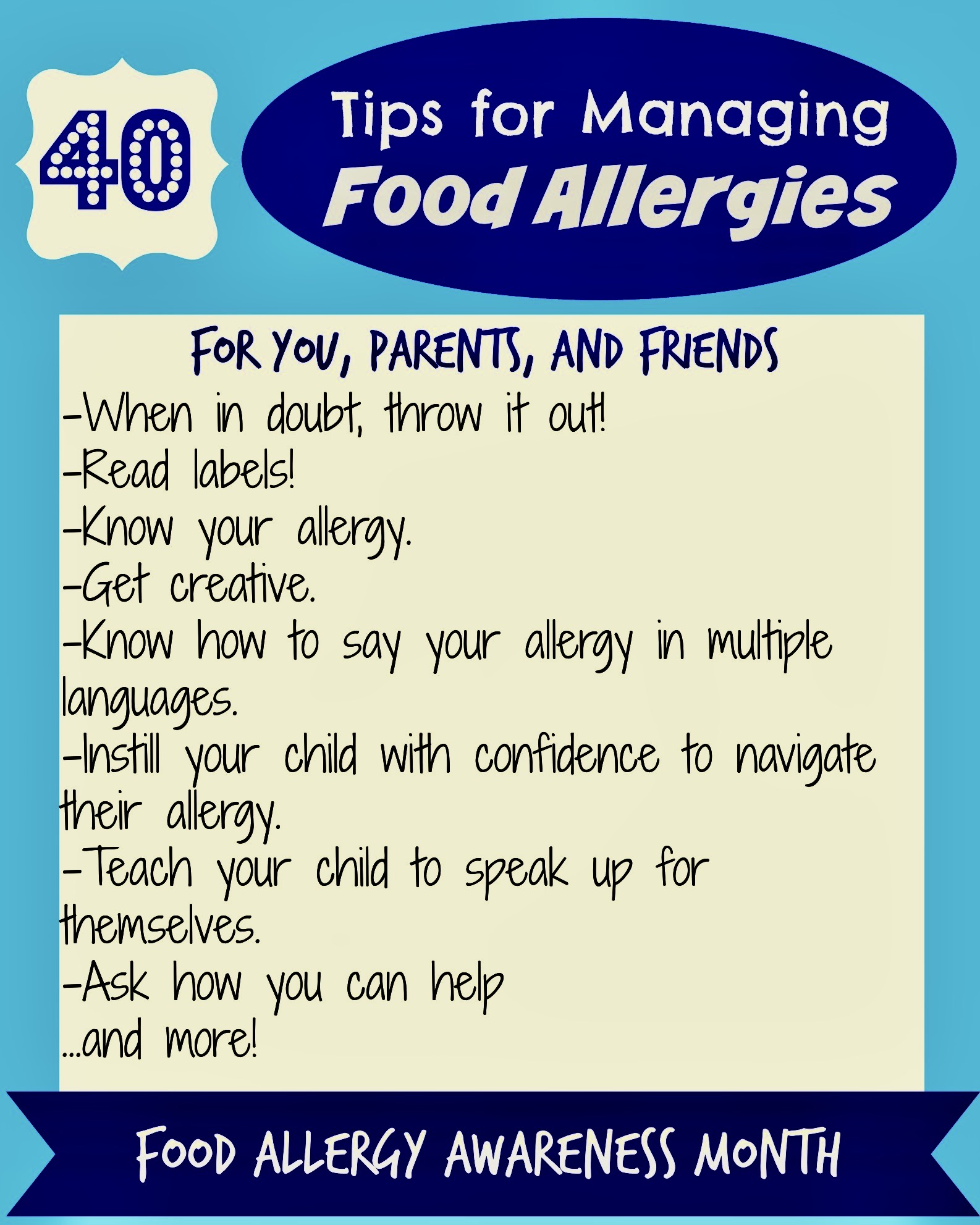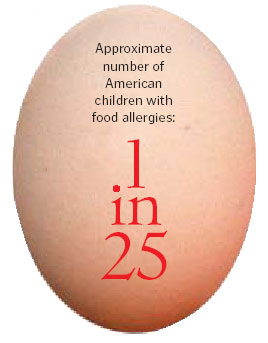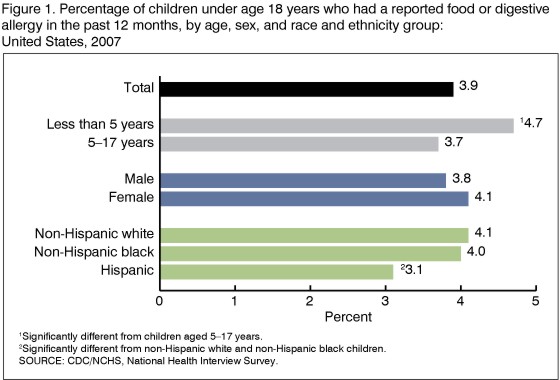Parents and Schools: Joining Together to Make Food Allergy Management Work
 July 16, 2009
July 16, 2009  Kyriaki (Sandy) Venetis
Kyriaki (Sandy) Venetis  Image courtesy of Chelsey Amer NutritionMaking sure students with food allergies are safe in schools is always a community effort, joining everyone together- parents, the allergic children, schoolmates, medical providers, school faculty, and public officials who make policy.
Image courtesy of Chelsey Amer NutritionMaking sure students with food allergies are safe in schools is always a community effort, joining everyone together- parents, the allergic children, schoolmates, medical providers, school faculty, and public officials who make policy.
The greatest advocates though for allergic children must always be their parents. This was a key theme of the third and final session of the School Nutrition Foundation’s webinar series dealing with food allergies.
Parents are the ones who need to both inform everyone else about their children’s medical issues as well as become educated about what benefits their children are entitled to have.
Emphasizing this position was Deb Scherrrer, vice president of education programs at the Food Allergy and Anaphylaxis Network, who said, “The parents educate the school staff about the child’s medical condition. They collaborate with the school chain to establish avoidance strategies and participate in the development of the emergency plan.”
The initial priority of a parent whose child has a food allergy is to obtain the proper medial documentation from the family physician, which needs to be provided to the school. While this session gave an overview of what is required, the first article in this GreenVitals series, Getting the Most Out of Food Allergy Management Programs in Schools, gave far more detailed information about what a doctor’s statement requires.
In that article, Melissa Rothstein, a program analyst in child nutrition division of the USDA Food and Nutrition Services department of the Office of Emergency Management and Food Safety, said the doctor’s statement must have five key elements:
- the child’s disability.
- an explanation of why the disability restricts the child’s diet.
- the major life activity affected by the disability.
- the food or foods that must be omitted from the diet.
- the food or foods that must be substituted in the diet.
 Courtesy of Dexter Community College.
Courtesy of Dexter Community College.
When the child’s allergy is recognized as a disability because of an anaphylactic reactions, the child is then entitled to modified school lunches according to the physician’s instructions, and at no extra cost to the parents. Even if a child’s allergy doesn’t reach the legal criteria of an allergy, which is anaphylaxis, many schools may still modify a child’s menu with a doctor’s statement at no extra charge to the parents.
Other issues discussed during this session included the parent’s responsibility to work with the child’s teacher to make the classroom a safe environment.
Ms. Scherrrer cited statistics which found that “79 percent of allergic reactions occur in the classroom, and only 12 percent in the cafeteria.” The allergic reactions were commonly the results of allergic children handling food items during class projects or foods ingested during celebrations.”
Regarding classroom activities, Marilyn Healy, a registered nurse and Maryland state director of the National Association of School Nurses, said, “Parents are encouraged to write letters to parents in the entire classroom to inform them of their child’s allergy. Parents can also supply their children with snacks that can be kept in the classroom and given as substitutions when snacks are given out to the class.”
“We also want our students to be educated about a classmate’s allergy. Many of our nurses use the Alexander the Elephant series, which is available at FAAN. Also if the parent gives their consent, we have the student tell the class what their allergy entails.” added Ms. Healy.
This is beneficial so that classmates are both aware of what a reaction looks like if it occurs and can call for help, as well as know to not share snacks with that child to avoid potential allergic reactions.
Food sharing can also be a problem in the cafeteria, and in some instances “we tell our nurses to work with the parents and consider an allergen free table, as the child might have trouble following the no food sharing rule and ingest another child’s food,” said Ms. Healy.
For these tables it was also suggested that students can bring lunch buddies that have been screened to not be eating any foods containing potential allergens. Parents can also suggest such tables if the policy doesn’t exist at the school or other modifications can be worked out to meet the child’s safety needs.

Despite all of these precautions, it was stressed during the webinar that accidents do happen and parents need to be informed of the procedures of the school in the event they occur.
Jeannie Sneed, a food safety specialist in the USDA Food and Nutrition Services department of the Office of Emergency Management and Food Safety, and moderator of the webinar series commented in closing that, “there is not one size fits all in developing allergy management plans, and each school district must do what works best for them. Sometimes there are state rules and regulations that impact what a school district can do.”
In addition, all agreed that parents must always be proactive in getting informed so that their children can get the best services available.
Related Story: Education Experts Share Ways of Developing Food Allergy Policies for Schools
